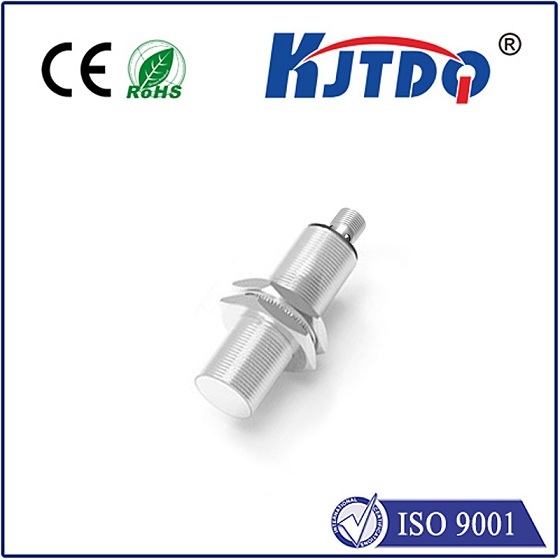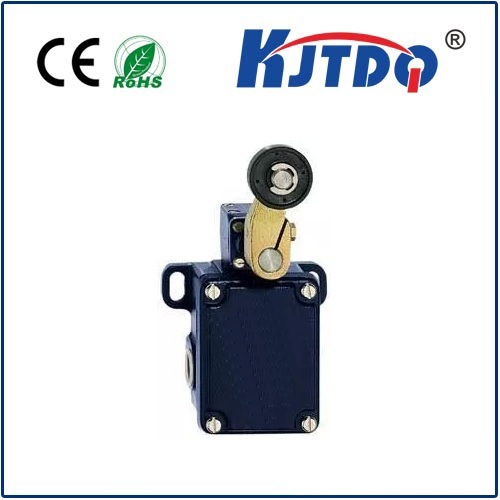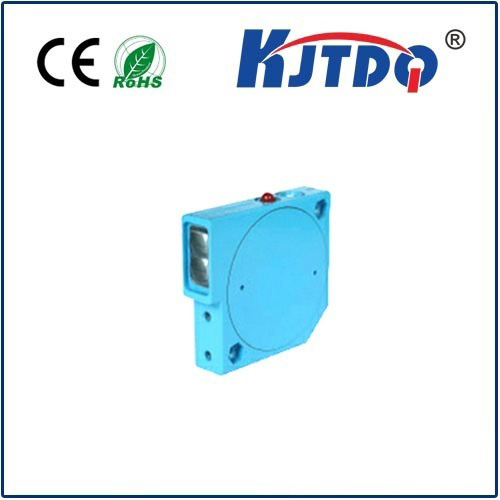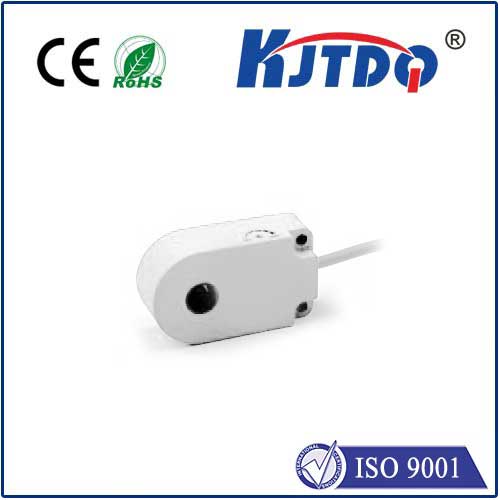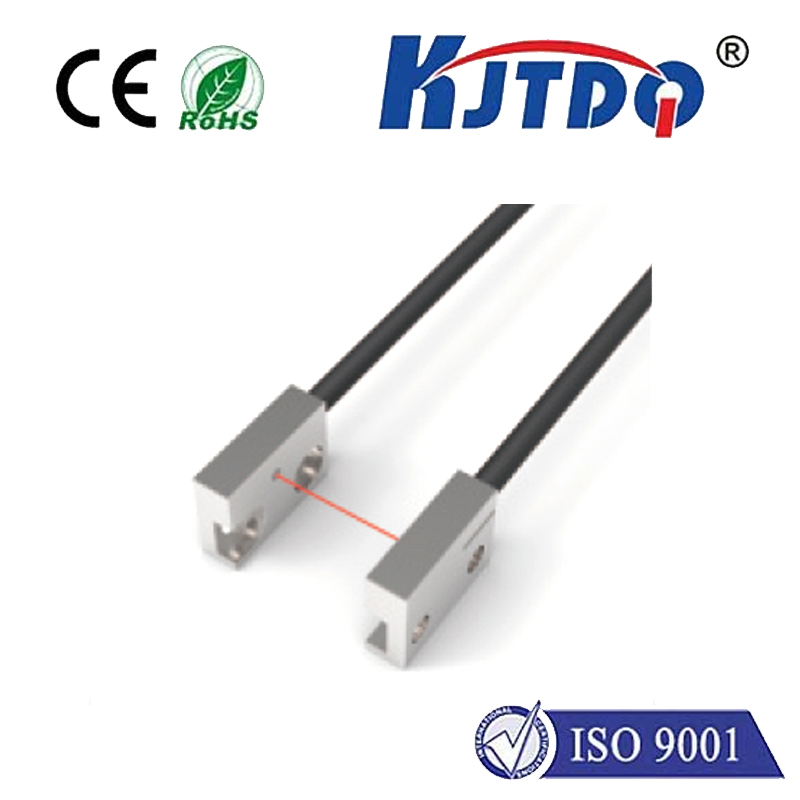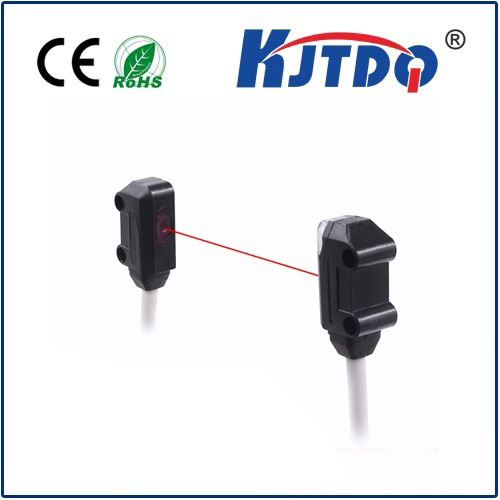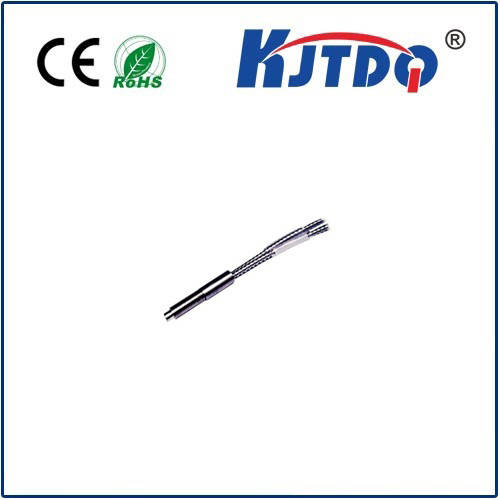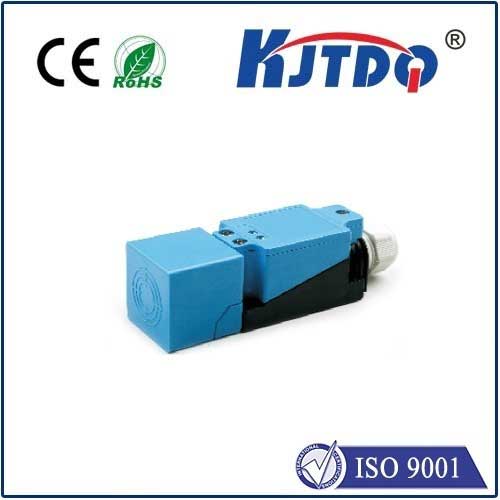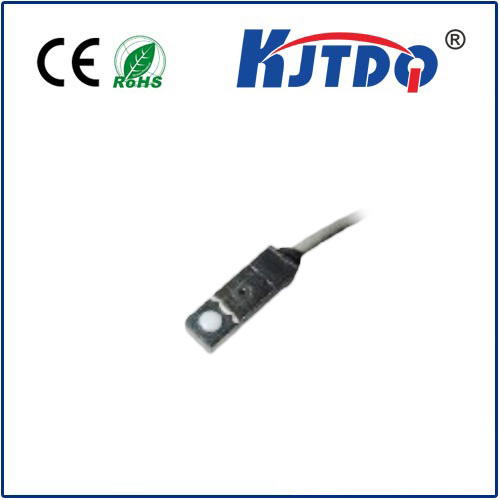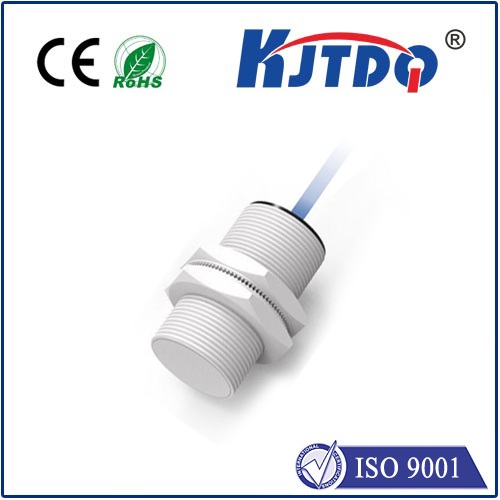

check

check

check

check

check

check

check

check

check

check
Revolutionizing Navigation: The Power of RLG IMU Systems
The world of navigation and positioning has seen a significant transformation with the advent of advanced technologies. Among these, the RLG (Ring Laser Gyroscope) IMU (Inertial Measurement Unit) stands out as a revolutionary tool that is enhancing the accuracy and reliability of navigation systems in various domains.
An RLG IMU system integrates a ring laser gyroscope with accelerometers to provide precise measurements of rotational rates and linear accelerations. This combination enables the system to determine its orientation, position, and velocity without external references. In essence, it allows for autonomous navigation, making it an indispensable component for many applications.

One of the primary benefits of an RLG IMU is its high precision. Ring laser gyroscopes are known for their exceptional accuracy in measuring angular velocity, which is crucial for determining directional changes. Coupled with sensitive accelerometers, these systems can deliver real-time data on movement and orientation, ensuring that users have up-to-date information about their surroundings.
Another advantage of RLG IMUs lies in their ability to operate independently. Unlike traditional navigation systems that rely on external sources such as GPS signals, an RLG IMU can continue functioning even in environments where those signals are unavailable or unreliable. This独立性 means they are particularly useful in challenging conditions like underground tunnels, deep ocean floors, or dense urban areas where GPS signals might be obstructed or weak.
Furthermore, the robustness of RLG IMU technology makes it ideal for critical applications where failure is not an option. From aerospace engineering to submarine navigation, from robotics to surveying, these systems offer unparalleled performance under extreme conditions. Their resistance to vibration, temperature variations, and magnetic interference further enhances their versatility and dependability.
The impact of RLG IMU technology extends beyond mere functionality; it also contributes significantly to safety and efficiency improvements. For instance, in the aviation industry, pilots can rely on this technology during challenging flying conditions or when instrument landing is necessary due to poor visibility. Similarly, in marine exploration, researchers can accurately map the seabed and its features without being dependent on surface signals.
Moreover, with the integration of RLG IMU systems into autonomous vehicles and drones, we are witnessing a new era of machine autonomy. These vehicles require precise self-localization capabilities to navigate complex environments and perform tasks without human intervention. The reliability of RLG IMU technology ensures that these machines can operate effectively while minimizing risks associated with navigation errors.
In conclusion, the development and deployment of RLG IMU systems represent a significant milestone in the evolution of navigation technologies. By providing uninterrupted and accurate positional data, these sophisticated devices open doors for safer, more efficient, and innovative solutions across various industries. As we continue to push the boundaries of exploration and technological advancement, the importance of RLG IMUs will only grow, cementing their place at the forefront of modern navigation systems.
